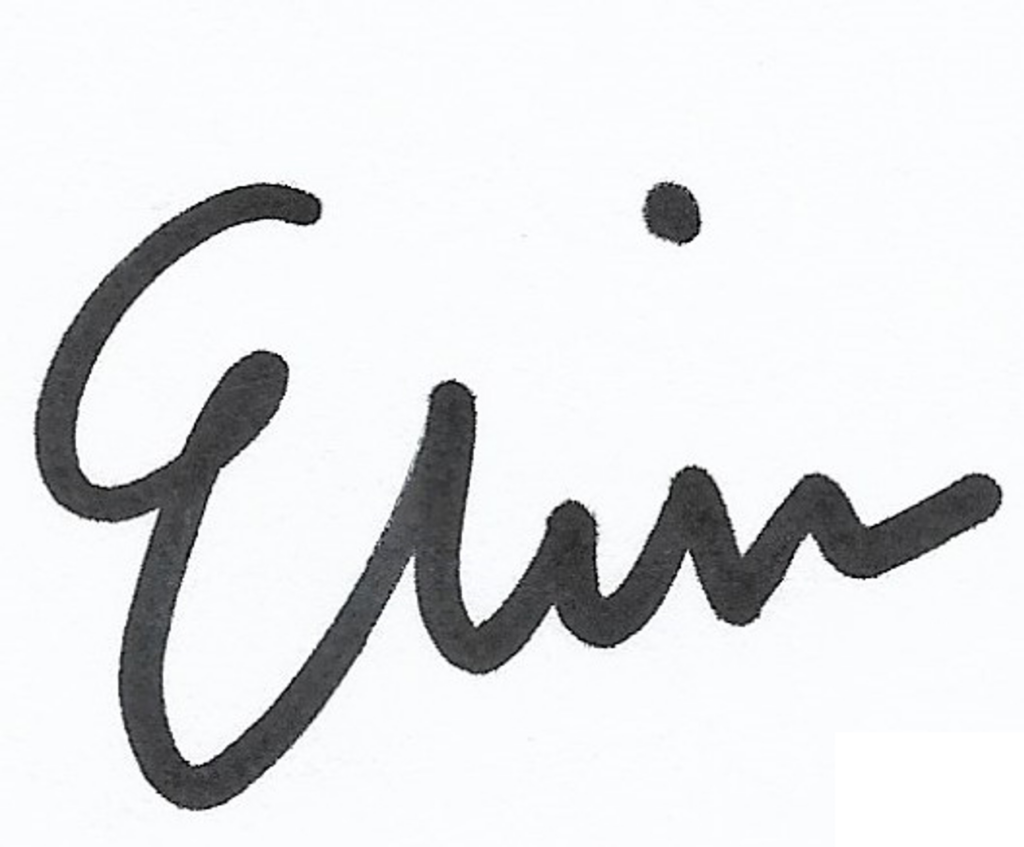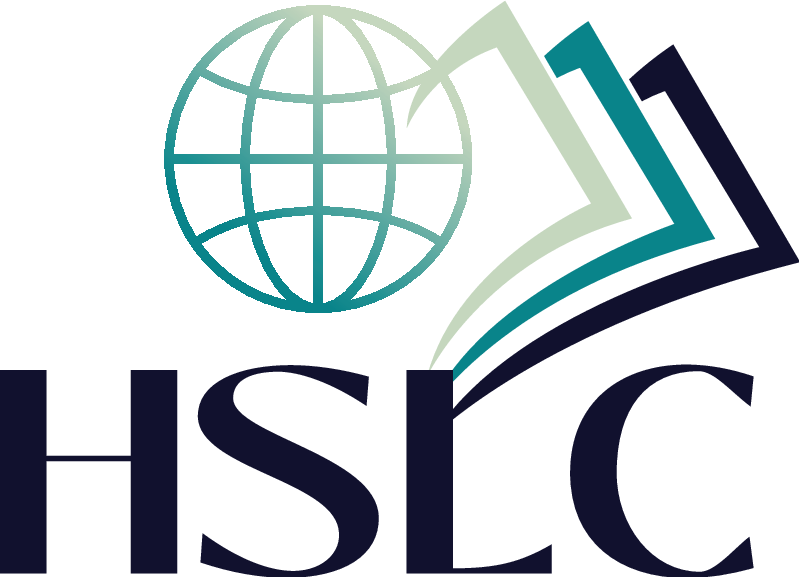Confession time.
I take umbrage with Ben Franklin’s assertion that, “Honesty is the best policy.”
Not that I have a problem with honesty – I’m a big fan of it, in fact. Huge.
My issue is with his use of the term “policy.”
It would seem that ol’ Ben faced the same challenge that most modern library administrators encounter, sometimes frequently, and that’s understanding exactly what “policy” is and what purpose it serves, particularly in public libraries.
At its core, a policy is a formal rule outlined for your organization to follow in order to achieve compliance. Or, simply put, a policy outlines how to act in a fashion that consistently and constantly supports your organization’s mission.
A policy is an organization’s official stance on how certain issues are to be handled. The policy should identify the problem and the scope and then outline how to respond to the problem. At its most basic, the policy tells the staff members exactly why they are required to conduct business in a particular fashion.
Here’s where you ask, “So what?”
And here’s where I say, “I’m so glad you asked.”
Policies are vital for providing the framework within which a library functions. In our current climate, with standard library operations being challenged on the daily, having clear, well-crafted policies are the key to surviving the assault on library collections and the freedom to read.
And, perhaps most importantly, policies are OFFICIAL, voted on and enforced by the governing board of your institution to outline the means of fulfilling the organization’s mission. And policies, when properly outlined and upheld, ensure equitable and consistent service to all who use the library.
Well-written and executed policies provide clear guidelines for employee conduct and decision making, ensure legal compliance, reinforce a positive organizational culture, and demonstrate a commitment to ethical practices and responsible management, thus increasing stakeholder and patron confidence. And that’s exactly why your library needs robust policies to ensure ongoing success and impact.
But let’s remind ourselves about what a policy is not.
A policy is not an outline of processes nor does it contain step-by-step instructions. It doesn’t have a narrow application and it isn’t prone to change frequently, isn’t negotiable, doesn’t lend itself to discretion, and isn’t a “best practice.”
Those are all characteristics of a procedure.
A procedure contains the actionable steps one takes to ensure a policy is accurately enforced. A procedure outlines, sometimes granularly, standard practices for applying policy in specific situations. A procedure contains thorough instructions for performing the tasks necessary.
Simply put:
If it tells you HOW you do it, it’s a procedure.
If it tells you WHY you do it, it’s a policy.
And why is the distinction so crucial?
Organizational policies must be stakeholder approved. But procedures do not need board involvement; rather, library supervisors and administrators are responsible for developing the procedures that tell the staff exactly how to implement the policies in typical use case scenarios.
Further, while the governing body is responsible for determining the organization’s policies, it is the Library Director who is responsible for ensuring those policies are implemented in a consistent and high-quality fashion, which is where the procedures come into play.
So I challenge you, library administrators, to take a look at your library’s policies and determine whether or not they are, indeed, policies. Then once that determination is made, read through those policies with a critical eye and determine if it’s time to redraft or even recraft your policies to reflect your library’s mission/vision/values in the 21st century to ensure fair, equitable, consistent access to every member of your community.

Erin Halovanic, Director of Library Services


